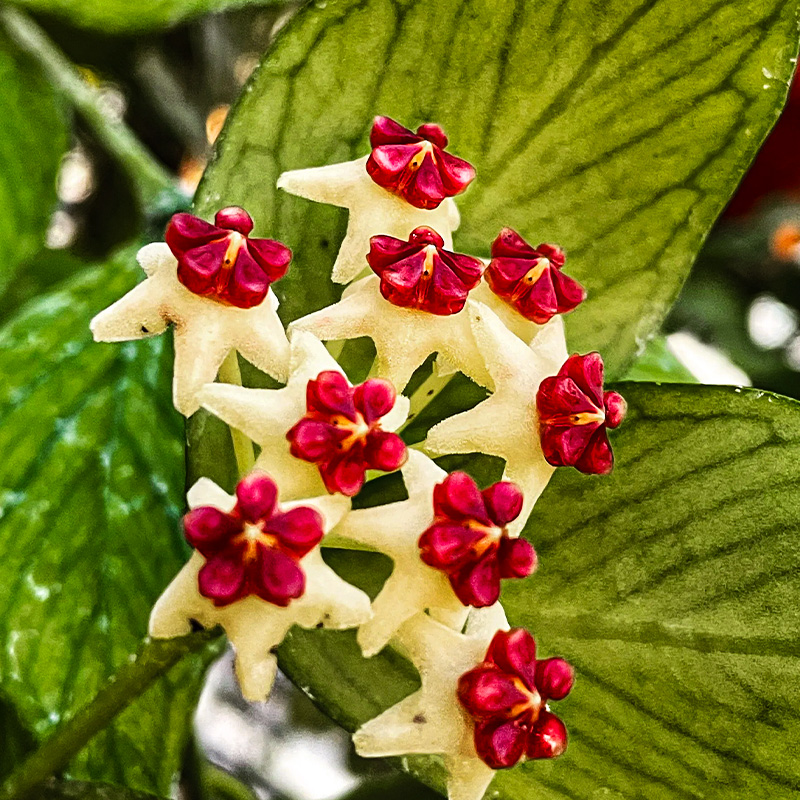You're shopping: DAVIDSONVILLE
(change store)
Rare Houseplants - Hoya polyneura 4"

Hoya polyneura 4"
no reviews for this product. Login to place a review.
Your Price $29.99
Item Number 351226
In store quantity:
0
$29.99/ EA
Hoya polyneura
4-Inch, Houseplant
Height: 6-12 inches (vines can trail much longer). Spread: 8-12 inches.
Sunlight: Bright, indirect light.
Other Names: Fishtail Hoya
Description:
Hoya polyneura, commonly known as the Fishtail Hoya, is a unique trailing plant prized for its delicate, thin leaves with striking, dark green venation that resembles a fishtail pattern. This elegant and fast-growing Hoya is a perfect choice for hanging baskets, shelves, or as a trailing accent in any indoor space. Under optimal conditions, it produces clusters of star-shaped, pale yellow flowers with a light fragrance.
Houseplant Qualities:
Hoya polyneura is an easy-care, trailing plant that thrives in bright, indirect light with moderate humidity. It prefers a well-draining potting mix and benefits from occasional misting.
The plant is most often used in the following ways:
- Hanging Baskets
- Shelf & Desk Plant
- Trailing or Climbing Plant with Support
- Decorative Containers
Features & Attributes:
Hoya polyneura features slender, pointed leaves with intricate vein patterns that give it a delicate, lace-like appearance. With proper care, it produces clusters of small, star-shaped flowers that enhance its visual appeal. Its cascading vines make it an excellent choice for decorative planters or hanging arrangements.
This is an evergreen, epiphytic plant with a trailing growth habit. It does well in well-draining soil and prefers moderate humidity for optimal growth.
Aside from its primary use as a houseplant, Hoya polyneura is suitable for the following indoor applications:
- Hanging Planters for Cascading Growth
- Mixed Indoor Plant Displays
- Climbing on Trellises or Supports
Planting & Growing:
Hoya polyneura will grow to be about 6-12 inches tall at maturity, with vines that can extend much longer over time. It grows at a moderate rate and can live for many years with proper care.
This plant thrives in bright, indirect light but should be protected from harsh direct sun. It prefers a well-draining potting mix, such as a blend of orchid bark, perlite, and peat. Allow the soil to dry out slightly between waterings, and avoid overwatering to prevent root rot. Maintaining moderate humidity levels will encourage healthy growth and flowering.
Additional Characteristics:
- Trailing or Climbing Growth Habit
- Low Maintenance & Drought Tolerant
- Produces Fragrant, Waxy Flowers Under Optimal Conditions
- Unique, Fishtail-Like Leaf Venation
- Pet-Friendly (Mildly Toxic if Ingested in Large Quantities)
